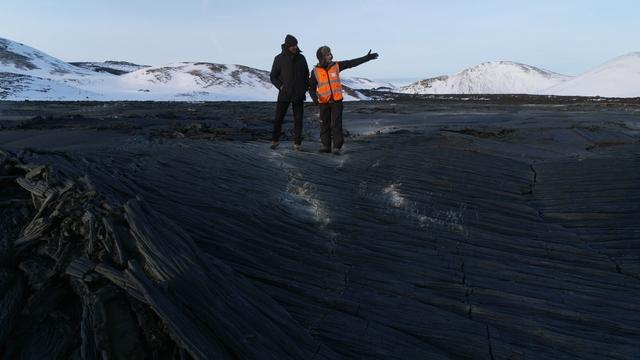▶ Watch Video: Fire and Ice | Sunday on 60 Minutes
The eruption of a volcano in Russia this week has impacted flights in Alaska, Alaska Airlines said Thursday. A giant ash cloud from the Shiveluch volcano prompted some flights to be canceled as a safety precaution.
As of 7 a.m. in Alaska, the airline had canceled 23 flights, a spokesperson told CBS News, adding that more delays were expected.
“We continue to monitor the ash cloud, and depending on its location, movement and timing, we might need to cancel additional flights,” the spokesperson said, adding that flights to and from the state and within it were impacted.
The volcano is located in Kamchatka Krai, which is the Northern peninsula of Russia on the Bering Sea, the body of water that separates Russia and Alaska. The Bering Straight, the narrowest point between the two lands that serves as a travel passage, is about 55 miles long.
The volcano erupted on Tuesday, spewing ash and causing aviation warnings, according to Reuters. The ash cloud covered about 41,700 square miles and was expected to travel west, according to Danila Chebrov, director of the Kamchatka branch of the Geophysical Survey, Reuters reports.
Lava also flowed from the volcano, which melted snow and prompted a mudslide warning. The eruption also caused a 5.8 magnitude earthquake off the coast.
Some villages below the volcano were blanketed in about 3.5 inches of ash, the most in about 60 years, according to Reuters.
The volcano was “preparing” to erupt for a year, Chebrov said.
It also erupted in 2012, causing a large plume of smoke to travel east toward Alaska. But as it spread over the Bering Sea, winds pushed it back, images from NASA’s Aqua satellite showed. That ash cloud traveled about 140 miles from the volcano and reached 9,800 feet above sea level, according to NASA.

